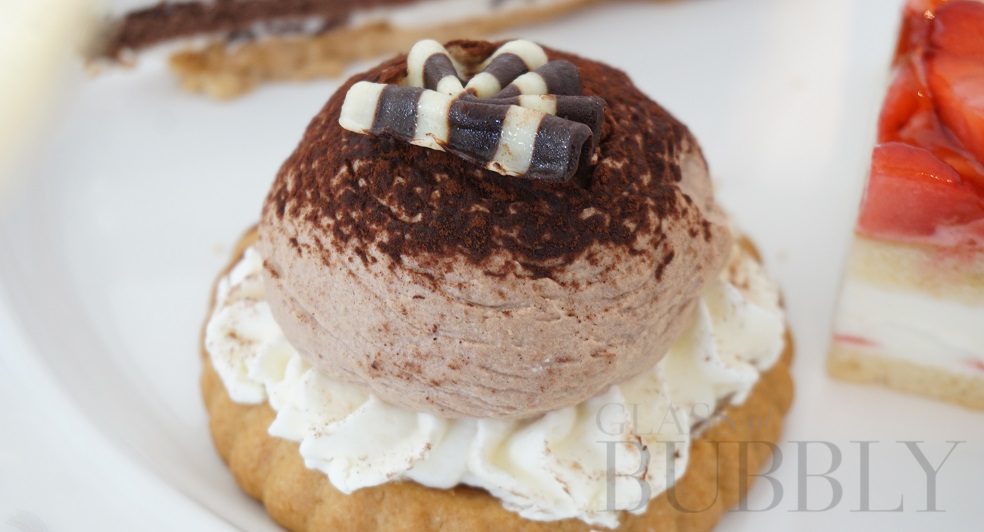Plenty of Products from Pomace
19th October 2016

The first three steps of the Champagne making process result in environmentally hazardous waste. Pressing the grapes gives marc or pomace. It consists of skin, pulp, pips and stems. Clarification gives deposits in the must. The first fermentation gives lees. Local distillers will collect this waste and transform it into a wide variety of products.
Distillerie Jean Goyard has three sites in the region. The largest is in Ay. During the busy harvest season a fleet of lorries will transport 90,000 tonnes of pomace from collection points. 300 tonnes are treated every day with the pips, pulp and stalks being separated.
This distillery is known worldwide for the spirits they make from winery waste. There’s Marc de Champagne, Ratafia de Champagne, Fine de la Marne and brandy. Some Champagne houses also make their own spirits.
Pomace or fermentation lees are a source of natural tartaric acid. The lees are also used to make essential oils. Seeds give grapeseed oil and table oils as well as components for different drugs and cosmetics. The pulp is used for animal fodder and biofuels. Distillery residues are used to make liquid fertiliser for organic farming.
In 2009 the company invested around 2 million Euros in a biomass boiler. They’ve managed to make an 80% reduction in the use of fossil fuels by powering it with spent pomace after distillation as well as vine supports and uprooted vines.
If you haven’t tried any of these traditional local spirits ask at a Champagne house that makes them for a tasting. Many restaurants in the region will have ratafia as an apéritif and marc as a digestif as well as dishes using these spirits. There are also the delicious chocolate bouchons de Champagne filled with marc.
![]()
Jon Catt
Tour guide for the Champagne region who lives in Troyes. Specialising in family run Champagne house visits in the Aube and the Marne plus wine tours in the Yonne and Côte d'Or.
